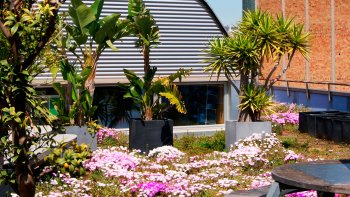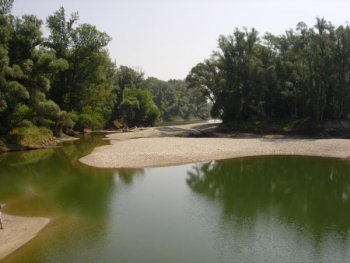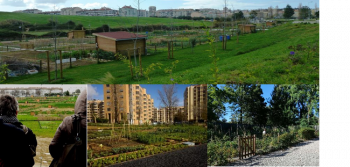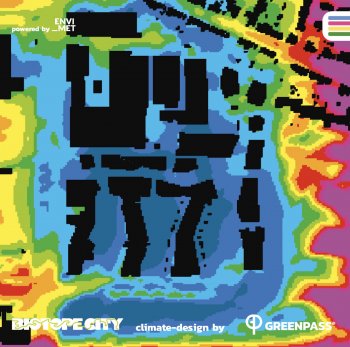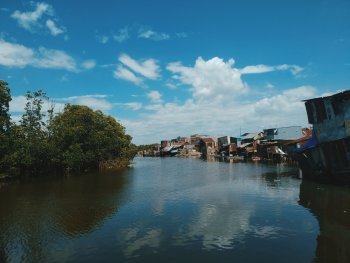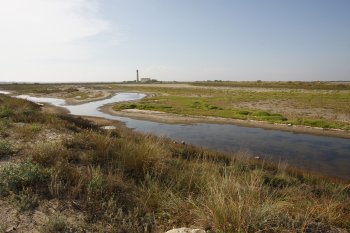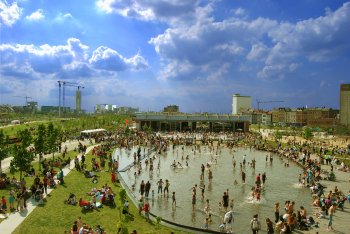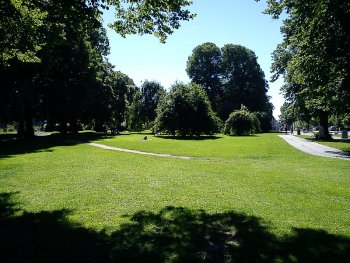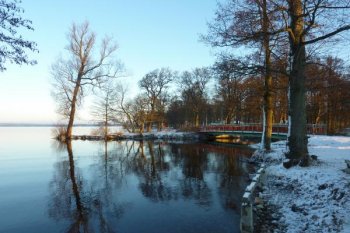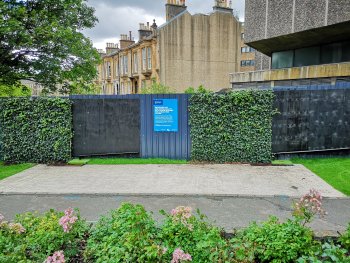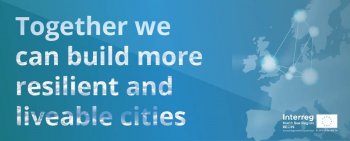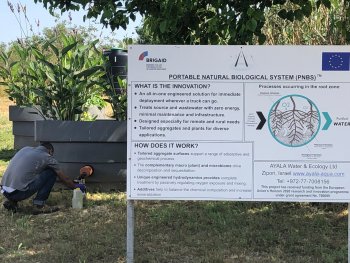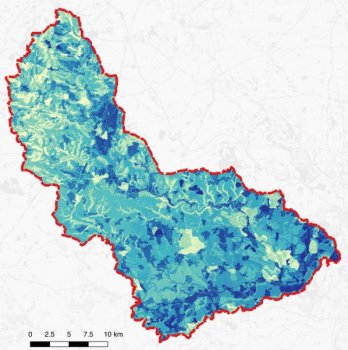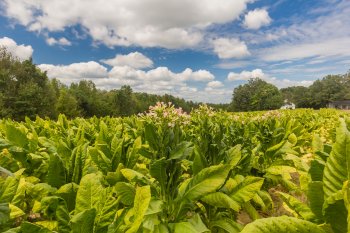Green Roof in refurbished industrial building (Office building 22@)
Rehabilitation of an existing building by adding, among other rehabilitation measures, a semi-public green space on the roof with a positive influence on the health of users, positive effects on urban climate against the heat island effect and positive effect on water by it storages in the deck space. It also improves the energy efficiency of the building by the insulation provided by the layers of green cover.

